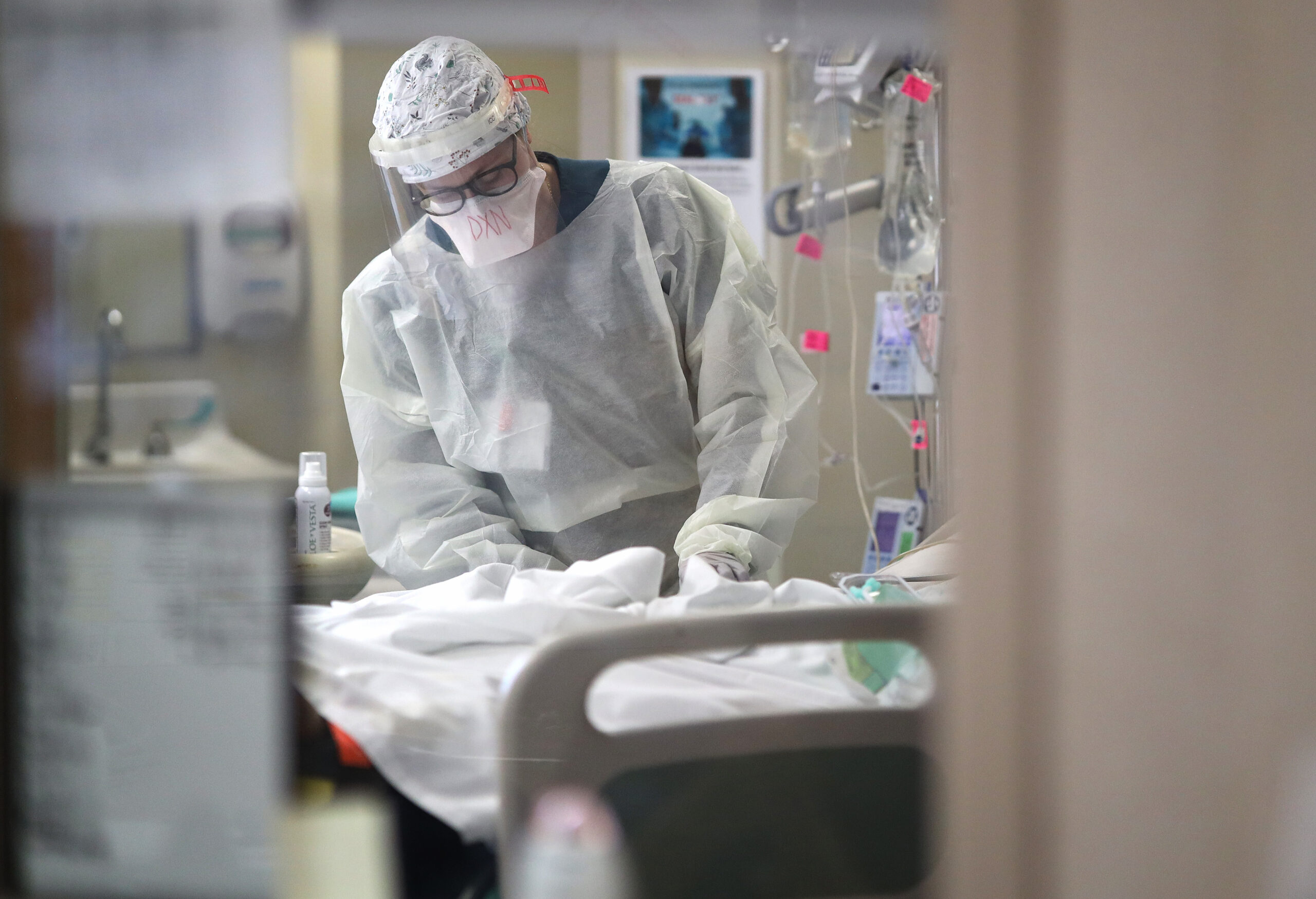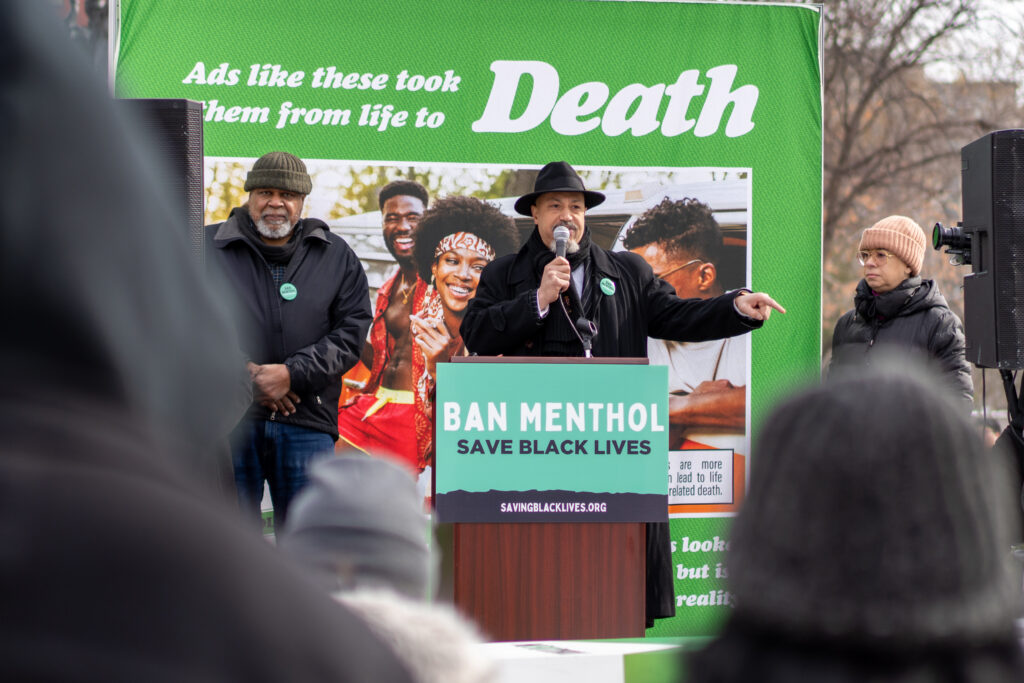Health care workers more likely to report burnout, worse mental health than before the COVID pandemic

Health care workers are facing increased mental health struggles that can lead to burnout or workers thinking of finding another job, according to survey results from the Centers for Disease Control and Prevention. The CDC urged health care employers to take care of their worker’s mental health and foster a healthy work environment.
A report called “Vital Signs: Health Worker–Perceived Working Conditions and Symptoms of Poor Mental Health” released this week shows that health care workers are now more likely to report that they struggle with anxiety, depression, harassment in the work place, and workplace pressures that compound on these issues, compared to surveys from before the COVID-19 pandemic.
“We don’t just want to treat workers who are suffering. We want to prevent that harm to all workers in the first place,” said L. Casey Chosewood, director of the CDC’s National Institute for Occupational Safety and Health’s Office.
The report pulls its findings from surveys conducted in 2018 and 2022, surveying health care workers compared to workers who were not in health care.
Health workers were already facing troubling rates of mental health stresses from before the pandemic. In 2018, about 32% of health care workers reported feeling burned out due to the stresses of the job.
But workplace stresses, such as lack of support from supervisors, time to complete tasks and even issues with harassment increased during the COVID-19 pandemic, according to the report. In 2022, the share of health care workers experiencing burnout increased to 46%.
The report also shows that in 2022, about 57% of health care workers reported symptoms of anxiety, compared to 51% of other workers.
That said, there were 34% of health care workers also reported symptoms of depression, which is lower than other workers. Nearly 42% of non-health care workers reported depression symptoms in 2022.
The data points for anxiety and depression symptoms in 2022 cannot be compared to 2018 surveys because those questions were not asked on the previous survey.
Another contributing stressor at work is the occurrence of harassment, which has increased over the course of the pandemic, according to the report.
In 2018, about 6% of health care workers that they were threatened or harassed while on the job. That percent rose in 2022 to 13% in 2022. Other workers also experienced a rise in harassment during this time, from 8% to 11%.
These workplace struggles are affecting employment and retention too, the data finds.
Health care workers are now more likely to say that they are likely to try to find a new job with a new employer in the next 12 months. According to the data, 44% of health care workers surveyed in 2022 said they were interested in new job opportunities, compared to 33% in 2018.
“To label our current and ongoing challenge a ‘crisis’ is an understatement,” Chosewood said. “Many of our nation’s health care systems are at a breaking point. Staffing crisis, lack of supportive leadership, long hours of work, and excessive demands and responsibilities in our nations health systems all must be addressed.”
The report says that about 36% of health care workers reported that they “sometimes” do not have enough staff members, while 26% report that they “often” do not have enough staff to get all required work done.
In order to combat staffing issues among healthcare workers, the CDC called on health care providers to foster a healthier workplace environment to improve mental health, such as encouraging employees to take paid leave for illness, rest and family needs.
The CDC suggests that employers look for ways to prevent harassment of their employees, and urged everyone to appreciate health care workers for their work and respect them as they care for patients.
The agency also recommended that supervisors include more employee voices in the decision-making process, as “health workers who took part in decision-making had 0.56 times the odds of reporting depression symptoms compared with health workers who reported they did not.”
Collaboration between workers and employees can also facilitate communication of worker’s health needs and how to improve the workplace conditions.
The other main way to improve mental health among workers is to “ensure adequate staff level,” according to the CDC.
Staffing levels are a major point of concern for many health care workers.
In October, the major health care provider gained national attention when 75,000 workers on the West Coast issued a three-day strike. Mid-Atlantic Kaiser workers joined in smaller actions to protest staffing shortages and push for new workforce retention and recruitment policies.
Low staffing not only increases pressure and worsens mental health, but also impacts the ability to adequately care for patients, the union argued.
As of Oct. 12, the union announced a tentative agreement with Kaiser Permanente, which includes a 21% across-the-board raise over the course of several years: 6% in October 2023; 5% in October 2024; 5% in October 2025; 5% in October 2026.
The tentative contract also lists a “full menu of initiatives to invest in the workforce and address the short-staffing crisis,” according to the Coalition of Kaiser Permanente Unions.
“Millions of Americans are safer today because tens of thousands of dedicated healthcare workers fought for and won the critical resources they need and that patients need,” said Caroline Lucas, executive director of the Coalition of Kaiser Permanente Unions, in a written statement about the tentative agreement. “This historic agreement will set a higher standard for the healthcare industry nationwide.”




 Creative Commons Attribution
Creative Commons Attribution